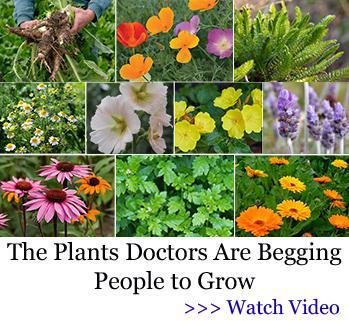The Great Outdoors
Minnesota is known for its beautiful natural landscapes and abundant wildlife, making it a prime destination for outdoor enthusiasts. But did you know that Minnesota is also home to a variety of edible plants? From berries to mushrooms to wild greens, there are plenty of tasty treats to be found in Minnesota’s forests and fields.
Berries
One of the most common types of edible plants in Minnesota are berries. Blueberries, raspberries, and strawberries are just a few of the sweet treats that can be found in the state’s woods and meadows. But be careful – not all berries are safe to eat! Some, like the red berries of the Baneberry plant, are poisonous and should be avoided.
Mushrooms
Minnesota is also home to a wide variety of mushrooms, some of which are edible and delicious. The morel mushroom, for example, is a prized delicacy that can be found in wooded areas in the springtime. But again, caution is key – some mushrooms can be poisonous, so it is important to only eat those that you are certain are safe.
Wild Greens
In addition to berries and mushrooms, there are also many types of wild greens that can be found in Minnesota. Dandelion greens, for example, are packed with nutrients and can be eaten raw or cooked. Other edible greens include plantain, purslane, and lamb’s quarters.
Foraging Tips
If you are interested in foraging for edible plants in Minnesota, there are a few things to keep in mind. First, make sure you know what you are looking for. Invest in a good field guide or take a class on foraging to help you identify the plants in your area.
Be Respectful
It is also important to be respectful of the environment and the plants you are harvesting. Only take what you need and avoid damaging the plants or their surroundings. And never pick plants from private property without the owner’s permission.
Seasonal Changes
Keep in mind that the availability of edible plants will vary depending on the season. Berries and other fruits are typically available in the summer and early fall, while mushrooms are more common in the spring and fall. Wild greens can be found throughout the growing season.
Preparing and Eating
Once you have harvested your edible plants, it’s time to prepare and enjoy them! Berries can be eaten fresh or used in jams, pies, and other desserts. Mushrooms can be sautéed, grilled, or used in soups and stews. And wild greens can be eaten raw in salads or cooked as a side dish.
Cooking Safety
It is important to note that some plants require special preparation to be safe to eat. For example, fiddlehead ferns must be boiled before they are consumed to remove toxins. Always research the proper preparation methods before consuming any new plant.
Conclusion
Foraging for edible plants in Minnesota can be a fun and rewarding experience for outdoor enthusiasts and foodies alike. Just remember to do your research, be respectful of the environment, and enjoy the bounty that nature has to offer. Happy foraging!
Read Also: Christmas Cactus Air Purifier: The Ultimate Guide For Clean And Fresh Air
For plant ideas, You can find many ideas on the topic edible, plants, minnesota, and many more on the internet, but in the post of Edible Plants In Minnesota: A Guide To Foraging In The Land Of 10,000 Lakes we have tried to select the best visual idea about plant ideas You also can look for more ideas on plant ideas category apart from the topic Edible Plants In Minnesota: A Guide To Foraging In The Land Of 10,000 Lakes.
This post published on . Read Spider Plant Sunlight: Everything You Need To Know or find other post and pictures about plant ideas.
Edible Plants In Minnesota: A Guide To Foraging In The Land Of 10,000 Lakes Gallery
